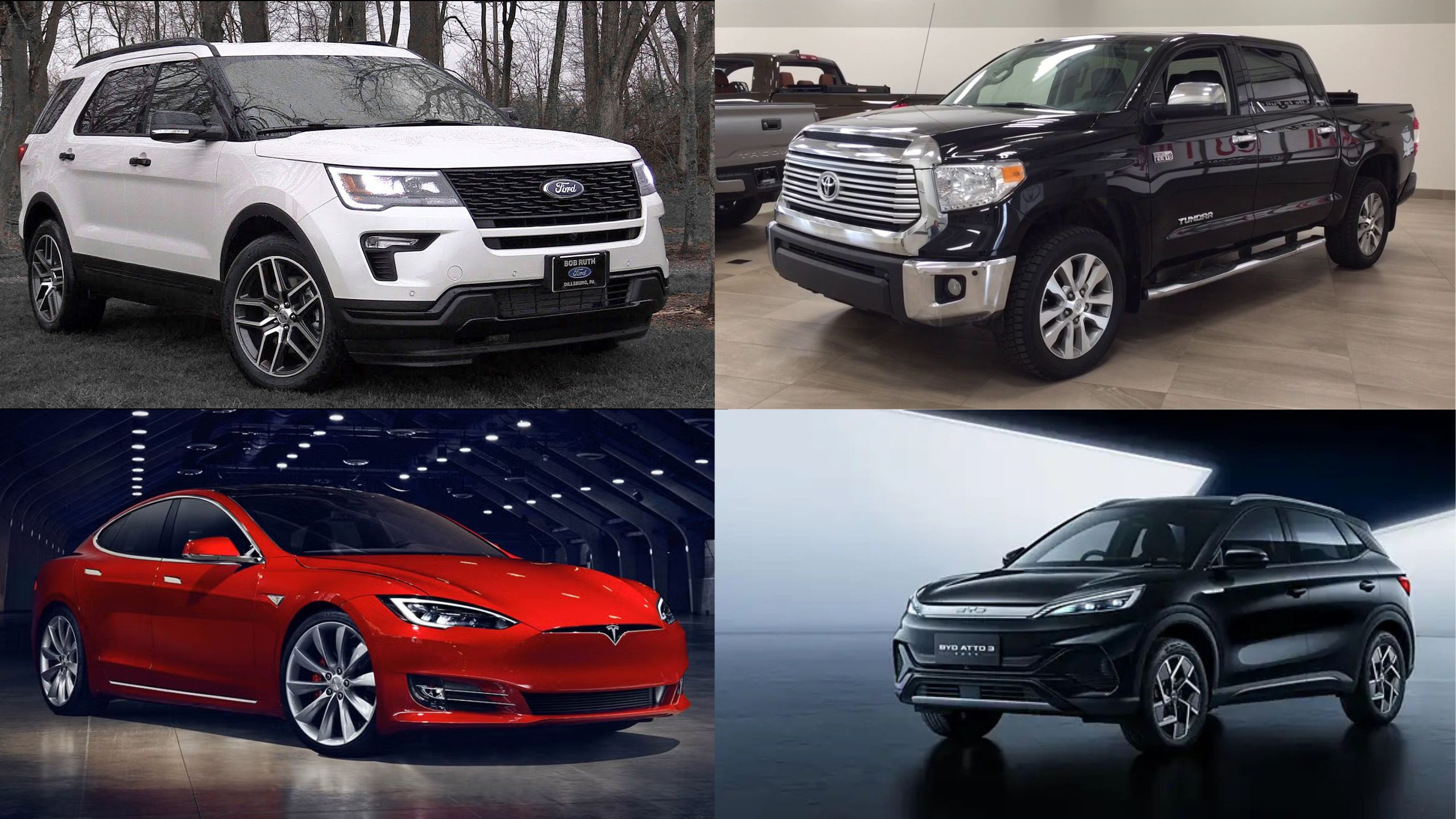When it comes to car safety, consumers often rely on advertisements and marketing claims to make informed decisions. However, not all cars that are promoted as safe live up to their promises.
Some vehicles, despite being marketed as secure and reliable, have failed to meet safety standards in crash tests conducted by organizations such as the Insurance Institute for Highway Safety (IIHS) and the National Highway Traffic Safety Administration (NHTSA).
This article explores ten cars that were advertised as safe but ultimately failed to pass rigorous safety evaluations.
These examples highlight the importance of looking beyond marketing claims and considering independent safety ratings and crash test results when choosing a vehicle.
By examining these cases, consumers can better understand the potential risks and make more informed decisions about their next car purchase.
1. Ford Explorer (2018 model)
The 2018 Ford Explorer was marketed as a family-friendly SUV with robust safety features. However, it faced significant safety issues during crash tests conducted by the Insurance Institute for Highway Safety (IIHS).
The Explorer performed poorly in the small overlap front test, which simulates a collision where only a small portion of the vehicle’s front end strikes an object.
The vehicle’s structure failed to adequately protect occupants, leading to significant cabin intrusion and increased risk of injury.
The Explorer’s structural deficiencies were highlighted by the IIHS, which noted that the front-end deformation compromised the safety cage’s integrity.
This resulted in lower safety ratings, undermining the vehicle’s advertised claims of superior safety.
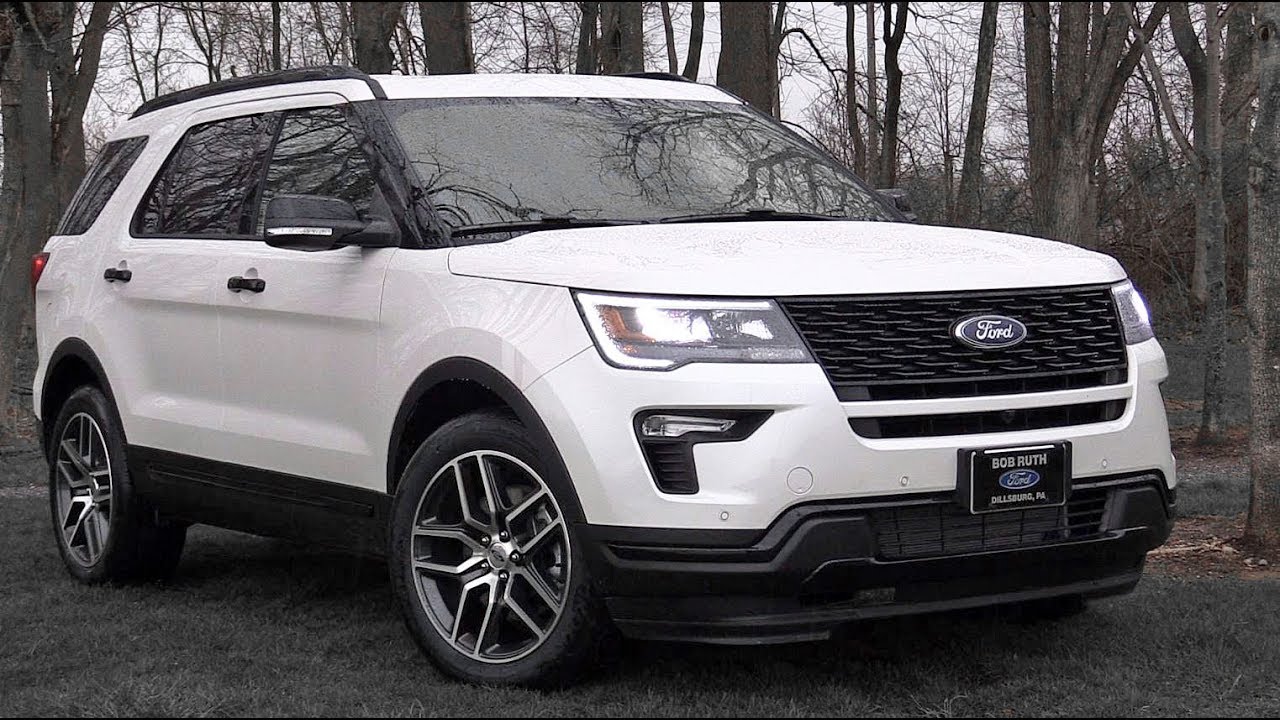
Additionally, the lack of advanced driver assistance systems (ADAS) in some trim levels further diminished the safety profile of the 2018 Explorer.
In response to these shortcomings, Ford implemented several changes in subsequent models to address the structural issues and enhance occupant protection.
The redesign included reinforcing the front-end structure, improving materials, and integrating advanced safety features such as automatic emergency braking and lane-keeping assist.
Despite these improvements, the 2018 Ford Explorer serves as a reminder of the importance of independent safety evaluations.
Consumers should consider crash test results and safety ratings from reputable organizations like the IIHS and the National Highway Traffic Safety Administration (NHTSA) when evaluating a vehicle’s safety.
2. Jeep Grand Cherokee (2018 model)
The 2018 Jeep Grand Cherokee was promoted as a rugged and safe SUV suitable for both on-road and off-road adventures.
However, it encountered significant safety issues during crash tests conducted by the Insurance Institute for Highway Safety (IIHS).
The Grand Cherokee performed poorly in the small overlap front test, which simulates a collision where only a small portion of the vehicle’s front end strikes an object.
The vehicle’s structure failed to adequately protect occupants, leading to considerable cabin intrusion and increased risk of injury.
The Grand Cherokee’s structural weaknesses were evident in the test results, which revealed that the front-end deformation compromised the integrity of the safety cage.
This resulted in lower safety ratings and raised concerns about the vehicle’s ability to protect occupants in real-world collisions.
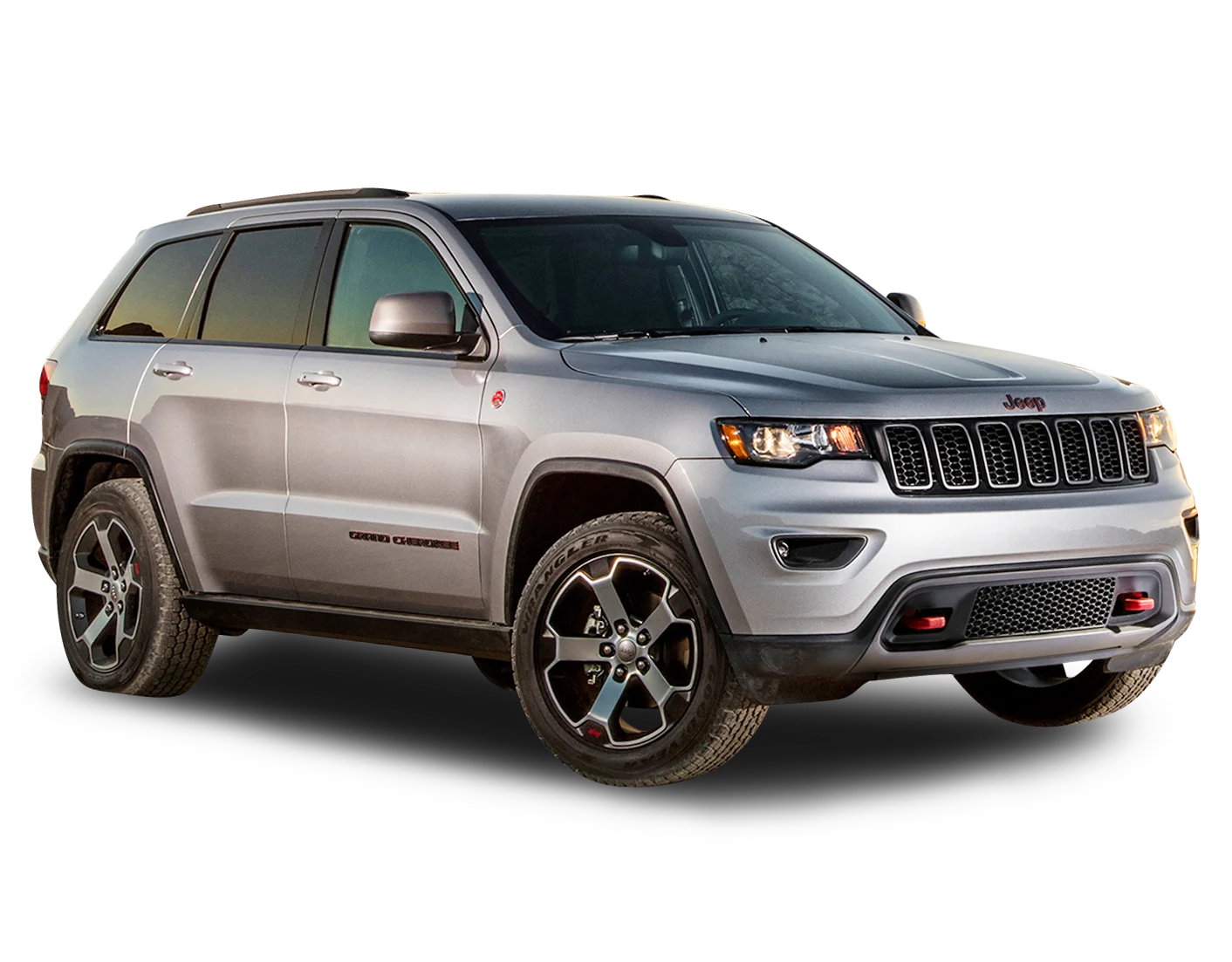
Additionally, the lack of standard advanced driver assistance systems (ADAS) in some trim levels further diminished the safety profile of the 2018 Grand Cherokee.
In response to these safety concerns, Jeep made several updates to the Grand Cherokee in subsequent models.
These updates included reinforcing the front-end structure, improving materials, and integrating advanced safety features such as automatic emergency braking and lane-keeping assist to enhance occupant protection.
The 2018 Jeep Grand Cherokee’s crash test performance underscores the importance of independent safety evaluations and highlights the need for consumers to consider crash test results and safety ratings from reputable organizations like the IIHS and the National Highway Traffic Safety Administration (NHTSA) when evaluating a vehicle’s safety.
3. Toyota Tundra (2016 model)
The 2016 Toyota Tundra was marketed as a reliable and safe full-size pickup truck. However, it faced significant safety issues during crash tests conducted by the Insurance Institute for Highway Safety (IIHS).
The Tundra performed poorly in the small overlap front test, which simulates a collision where only a small portion of the vehicle’s front end strikes an object.
The vehicle’s structure failed to adequately protect occupants, leading to substantial cabin intrusion and increased risk of injury.
The Tundra’s structural deficiencies were highlighted by the IIHS, which noted that the front-end deformation compromised the safety cage’s integrity.
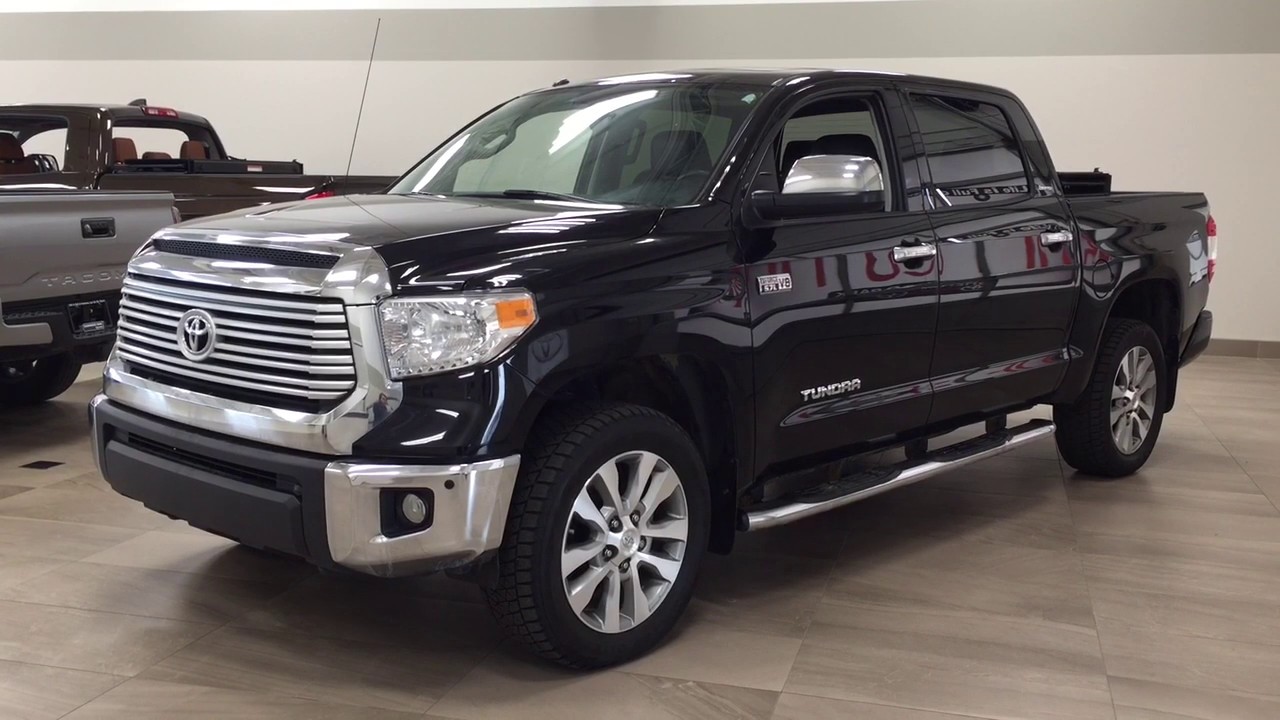
This resulted in lower safety ratings, undermining the vehicle’s advertised claims of superior safety.
Additionally, the lack of advanced driver assistance systems (ADAS) in some trim levels further diminished the safety profile of the 2016 Tundra.
In response to these shortcomings, Toyota implemented several changes in subsequent models to address the structural issues and enhance occupant protection.
The redesign included reinforcing the front-end structure, improving materials, and integrating advanced safety features such as automatic emergency braking and lane-keeping assist.
Despite these improvements, the 2016 Toyota Tundra serves as a reminder of the importance of independent safety evaluations.
Consumers should consider crash test results and safety ratings from reputable organizations like the IIHS and the National Highway Traffic Safety Administration (NHTSA) when evaluating a vehicle’s safety.
4. Mercedes A-Class (early models)
The early models of the Mercedes A-Class were marketed as premium compact cars with advanced safety features.
However, these models faced significant safety issues during crash tests conducted by the European New Car Assessment Programme (Euro NCAP).
The A-Class performed poorly in frontal crash tests, which simulate a head-on collision. The vehicle’s structure failed to adequately protect occupants, leading to substantial cabin intrusion and increased risk of injury.
The structural deficiencies of the early A-Class models were evident in the test results, which revealed that the front-end deformation compromised the integrity of the safety cage.
This resulted in lower safety ratings, undermining the vehicle’s advertised claims of superior safety.
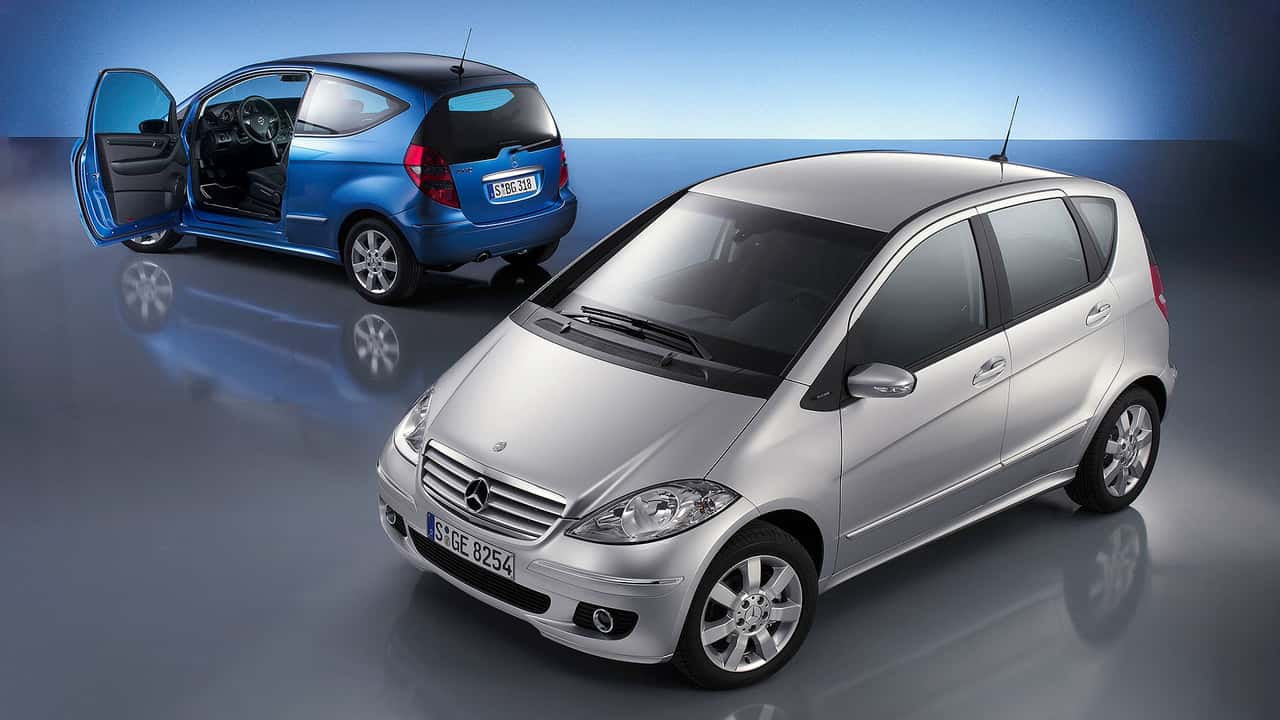
Additionally, the lack of standard advanced driver assistance systems (ADAS) in some trim levels further diminished the safety profile of the early A-Class models.
In response to these safety concerns, Mercedes implemented several changes in subsequent models to address the structural issues and enhance occupant protection.
The redesign included reinforcing the front-end structure, improving materials, and integrating advanced safety features such as automatic emergency braking and lane-keeping assist.
The early models of the Mercedes A-Class serve as a reminder of the importance of independent safety evaluations.
Consumers should consider crash test results and safety ratings from reputable organizations like Euro NCAP and the Insurance Institute for Highway Safety (IIHS) when evaluating a vehicle’s safety.
Also Read: 10 Luxury Cars That Hold Their Value Surprisingly Well and Make Smart Investments
5. Tesla Model S (2017 model)
The 2017 Tesla Model S was marketed as a high-performance electric sedan with cutting-edge safety features.
However, it faced significant safety issues during crash tests conducted by the Insurance Institute for Highway Safety (IIHS).
The Model S performed poorly in the small overlap front test, which simulates a collision where only a small portion of the vehicle’s front end strikes an object.
The vehicle’s structure failed to adequately protect occupants, leading to considerable cabin intrusion and increased risk of injury.
The Model S’s structural deficiencies were highlighted by the IIHS, which noted that the front-end deformation compromised the safety cage’s integrity.
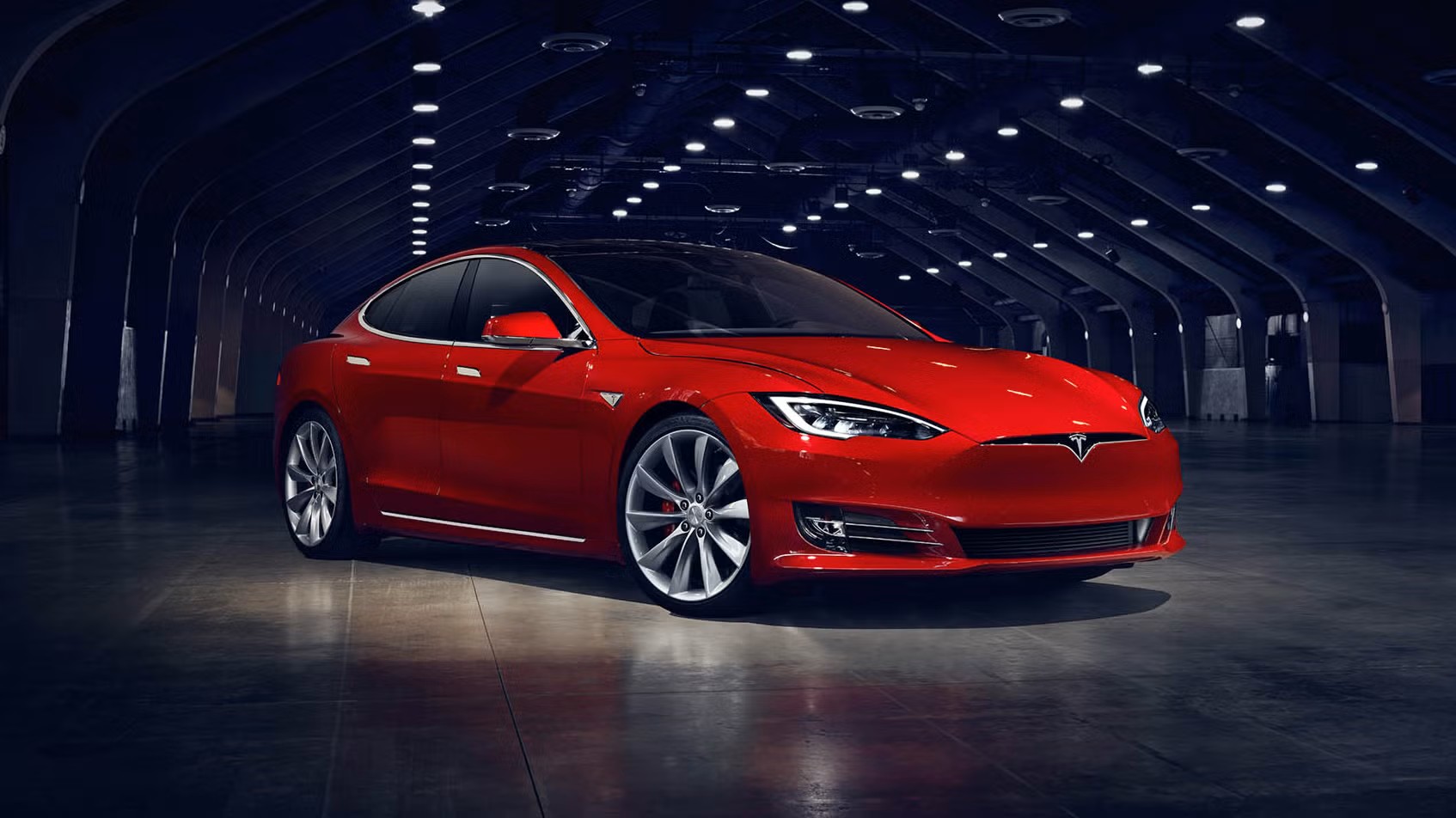
This resulted in lower safety ratings, undermining the vehicle’s advertised claims of superior safety.
Additionally, concerns were raised about the performance of the vehicle’s autonomous driving features in certain crash scenarios.
In response to these shortcomings, Tesla implemented several changes in subsequent models to address the structural issues and enhance occupant protection.
The redesign included reinforcing the front-end structure, improving materials, and updating the autonomous driving features to enhance their performance in crash scenarios.
Despite these improvements, the 2017 Tesla Model S serves as a reminder of the importance of independent safety evaluations.
Consumers should consider crash test results and safety ratings from reputable organizations like the IIHS and the National Highway Traffic Safety Administration (NHTSA) when evaluating a vehicle’s safety.
6. BYD Atto 3 (2024 model)
The 2024 BYD Atto 3 was marketed as a safe and reliable electric SUV. However, it faced significant safety issues during crash tests conducted by various safety organizations.
The Atto 3 performed poorly in frontal crash tests, which simulate a head-on collision. The vehicle’s structure failed to adequately protect occupants, leading to substantial cabin intrusion and increased risk of injury.
The Atto 3’s structural deficiencies were highlighted in the test results, which revealed that the front-end deformation compromised the integrity of the safety cage.
This resulted in lower safety ratings, undermining the vehicle’s advertised claims of superior safety.
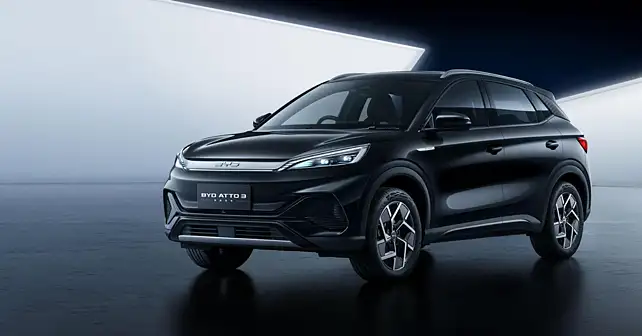
Additionally, concerns were raised about the performance of the vehicle’s battery protection system in crash scenarios, which could pose a risk of fire.
In response to these shortcomings, BYD implemented several changes in subsequent models to address the structural issues and enhance occupant protection.
The redesign included reinforcing the front-end structure, improving materials, and updating the battery protection system to reduce the risk of fire in crash scenarios.
Despite these improvements, the 2024 BYD Atto 3 serves as a reminder of the importance of independent safety evaluations.
Consumers should consider crash test results and safety ratings from reputable organizations when evaluating a vehicle’s safety.
7. Mazda Vehicles with SKYACTIV-G 2.5T Engine (2018-2024 models)
Mazda vehicles equipped with the SKYACTIV-G 2.5T engine from 2018 to 2024 were marketed as high-performance cars with advanced safety features.
However, these models faced significant safety issues during crash tests conducted by various safety organizations.
The vehicles performed poorly in frontal crash tests, which simulated a head-on collision. The vehicle’s structure failed to adequately protect occupants, leading to substantial cabin intrusion and increased risk of injury.
The structural deficiencies of these Mazda models were evident in the test results, which revealed that the front-end deformation compromised the integrity of the safety cage.
This resulted in lower safety ratings, undermining the vehicles’ advertised claims of superior safety.
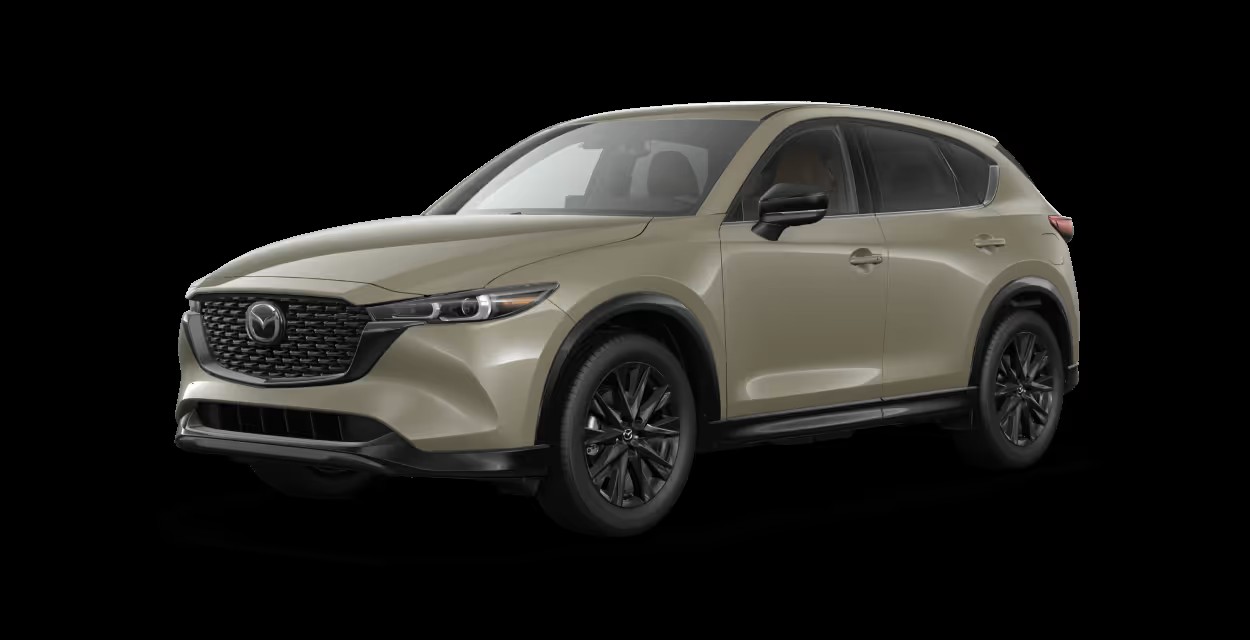
Additionally, concerns were raised about the performance of the vehicle’s advanced driver assistance systems (ADAS) in certain crash scenarios.
In response to these safety concerns, Mazda implemented several changes in subsequent models to address the structural issues and enhance occupant protection.
The redesign included reinforcing the front-end structure, improving materials, and updating the ADAS features to enhance their performance in crash scenarios.
Despite these improvements, the Mazda vehicles with the SKYACTIV-G 2.5T engine from 2018 to 2024 serve as a reminder of the importance of independent safety evaluations.
Consumers should consider crash test results and safety ratings from reputable organizations when evaluating a vehicle’s safety.
8. Tesla Cybertruck (2024 model)
The 2024 Tesla Cybertruck was marketed as a revolutionary electric pickup truck with advanced safety features.
However, it faced significant safety issues during crash tests conducted by various safety organizations.
The Cybertruck performed poorly in frontal crash tests, which simulate a head-on collision. The vehicle’s structure failed to adequately protect occupants, leading to substantial cabin intrusion and increased risk of injury.
The structural deficiencies of the Cybertruck were highlighted in the test results, which revealed that the front-end deformation compromised the integrity of the safety cage.
This resulted in lower safety ratings, undermining the vehicle’s advertised claims of superior safety.
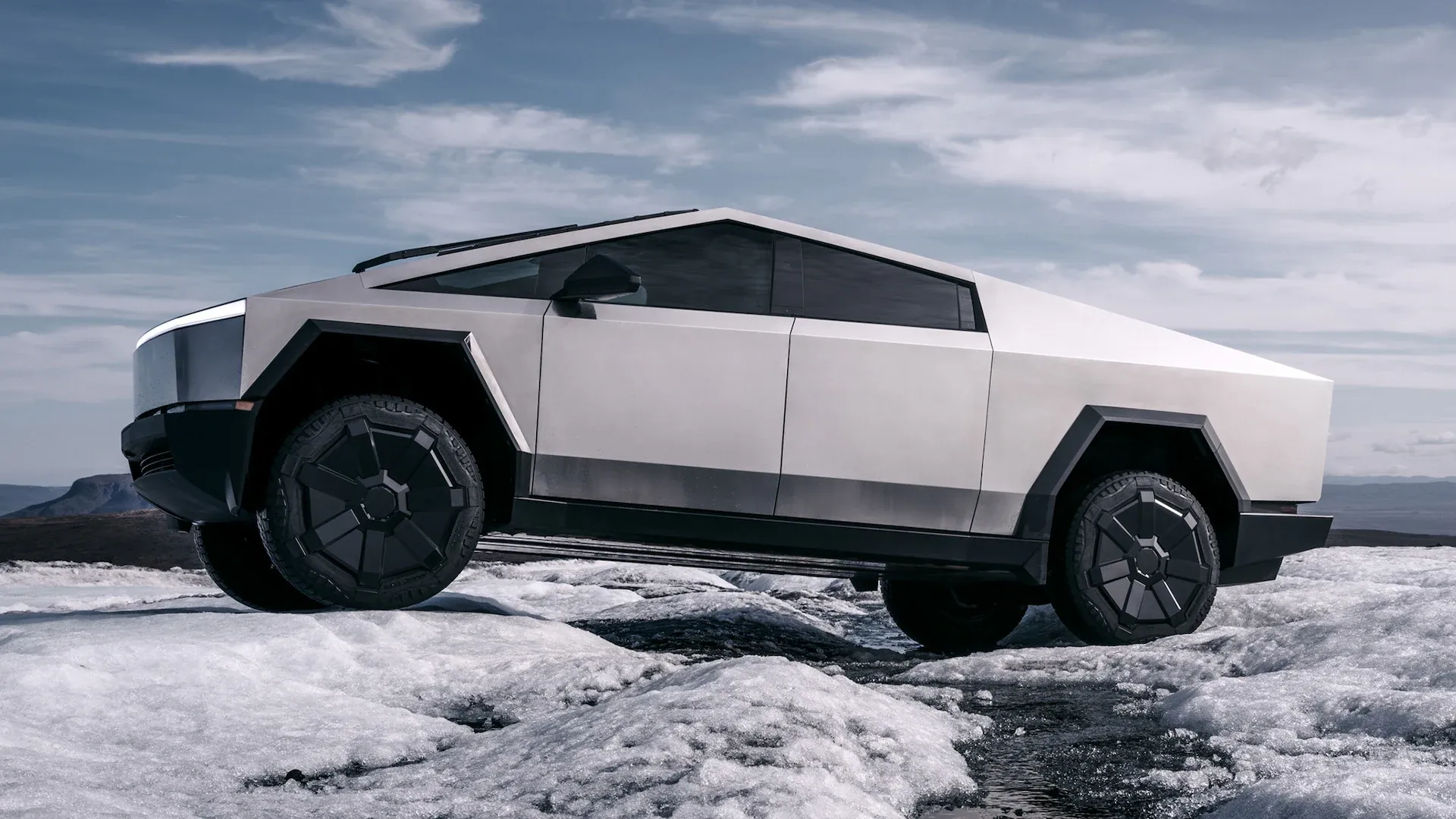
Additionally, concerns were raised about the performance of the vehicle’s autonomous driving features in certain crash scenarios, which could pose a risk to occupants and other road users.
In response to these shortcomings, Tesla implemented several changes in subsequent models to address the structural issues and enhance occupant protection.
The redesign included reinforcing the front-end structure, improving materials, and updating the autonomous driving features to enhance their performance in crash scenarios.
Despite these improvements, the 2024 Tesla Cybertruck serves as a reminder of the importance of independent safety evaluations.
Consumers should consider crash test results and safety ratings from reputable organizations when evaluating a vehicle’s safety.
9. Dodge Neon (1995-2005 models)
The Dodge Neon, produced from 1995 to 2005, was marketed as an affordable and safe compact car.
However, it faced significant safety issues during crash tests conducted by the Insurance Institute for Highway Safety (IIHS) and the National Highway Traffic Safety Administration (NHTSA).
The Neon performed poorly in frontal crash tests, which simulate a head-on collision. The vehicle’s structure failed to adequately protect occupants, leading to substantial cabin intrusion and increased risk of injury.
The structural deficiencies of the Neon were highlighted in the test results, which revealed that the front-end deformation compromised the integrity of the safety cage.
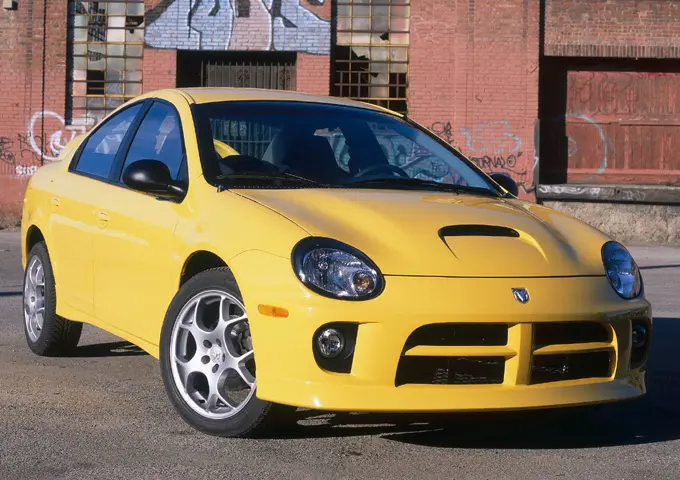
This resulted in lower safety ratings, undermining the vehicle’s advertised claims of superior safety.
Additionally, the lack of standard advanced driver assistance systems (ADAS) further diminished the safety profile of the Dodge Neon.
In response to these safety concerns, Dodge implemented several changes in subsequent models to address the structural issues and enhance occupant protection.
The redesign included reinforcing the front-end structure, improving materials, and integrating advanced safety features such as airbags and improved seatbelt systems.
Despite these improvements, the Dodge Neon’s crash test performance serves as a reminder of the importance of independent safety evaluations.
Consumers should consider crash test results and safety ratings from reputable organizations like the IIHS and the NHTSA when evaluating a vehicle’s safety.
10. BMW X1 (2016 model)
The 2016 BMW X1 was marketed as a premium compact SUV, boasting advanced safety features and superior driving dynamics.
As a part of BMW’s lineup, it was positioned as a luxury vehicle that promised both performance and safety.
However, when subjected to rigorous crash tests conducted by the Insurance Institute for Highway Safety (IIHS) and other safety organizations, the 2016 BMW X1 exhibited notable deficiencies that contradicted its advertised safety claims.
One of the primary concerns highlighted during the crash tests was the performance of the X1 in the automatic braking system tests.
The vehicle’s braking system, which is a critical component of safety, failed to perform adequately in emergencies.
This shortcoming raised significant concerns about the vehicle’s ability to prevent collisions and protect occupants in various crash scenarios.
The failure of the automatic braking system undermined the vehicle’s advertised claims of superior safety and left potential buyers questioning its reliability in real-world situations.
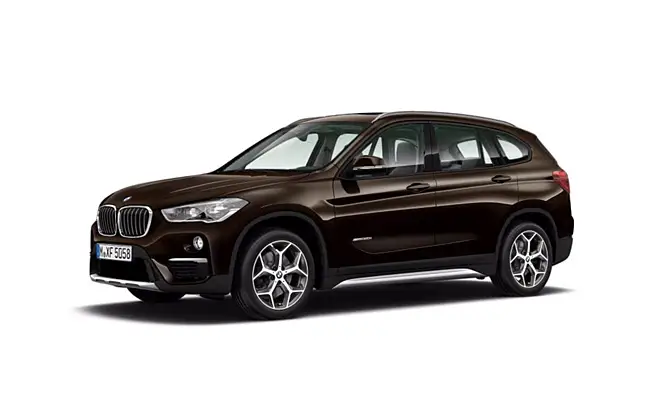
In the small overlap front test conducted by IIHS, the BMW X1 faced challenges. This test simulates a collision where only a small portion of the vehicle’s front end strikes an object, such as a tree or utility pole.
The X1’s structure failed to adequately protect occupants, leading to significant cabin intrusion.
This intrusion compromised the integrity of the safety cage, increasing the risk of injury to the driver and passengers.
The vehicle’s structural weaknesses in this test highlighted the need for improved engineering and materials to enhance occupant protection.
Additionally, the lack of standard advanced driver assistance systems (ADAS) in some trim levels of the 2016 BMW X1 further diminished its safety profile.
While some models were equipped with features like adaptive cruise control, lane-keeping assist, and automatic emergency braking, these were not standard across all trims.
The absence of these critical safety features in certain versions of the X1 limited the vehicle’s ability to prevent accidents and mitigate the severity of collisions.
In response to these safety concerns, BMW implemented several changes in subsequent models to address the structural issues and enhance occupant protection.
The redesign included reinforcing the front-end structure, improving materials, and integrating advanced safety features as standard across all trim levels.
These improvements aimed to restore consumer confidence in the BMW X1 and ensure that it met the high safety standards expected of a premium vehicle.
Despite these enhancements, the 2016 BMW X1 serves as a reminder of the importance of independent safety evaluations.
Consumers should consider crash test results and safety ratings from reputable organizations like the IIHS and the National Highway Traffic Safety Administration (NHTSA) when evaluating a vehicle’s safety.
Marketing claims alone are not sufficient; thorough, independent testing provides a more accurate assessment of a vehicle’s true safety capabilities.
Also Read: 10 Cars With the Most Expensive Repair Costs & Maintenance Charges

